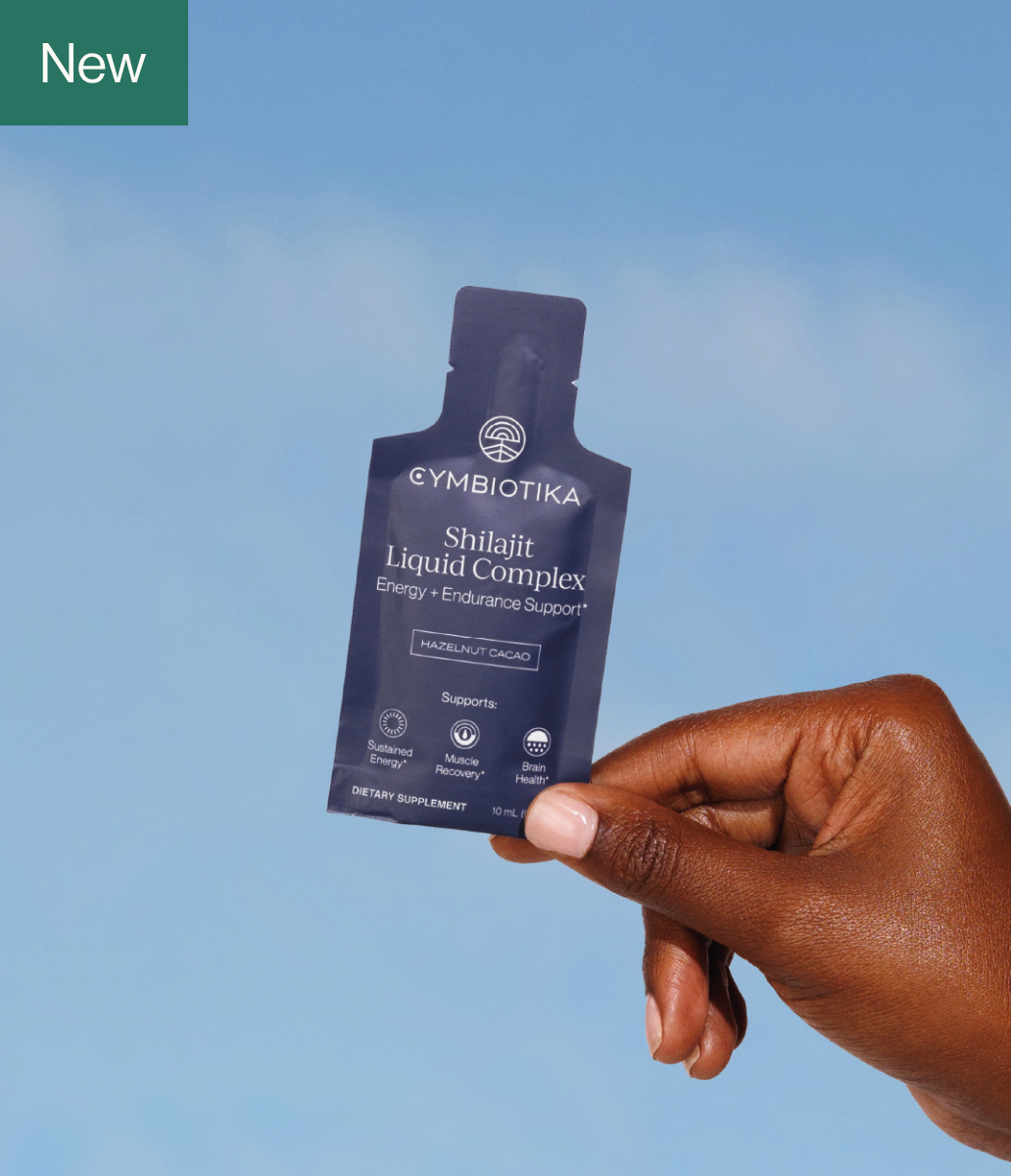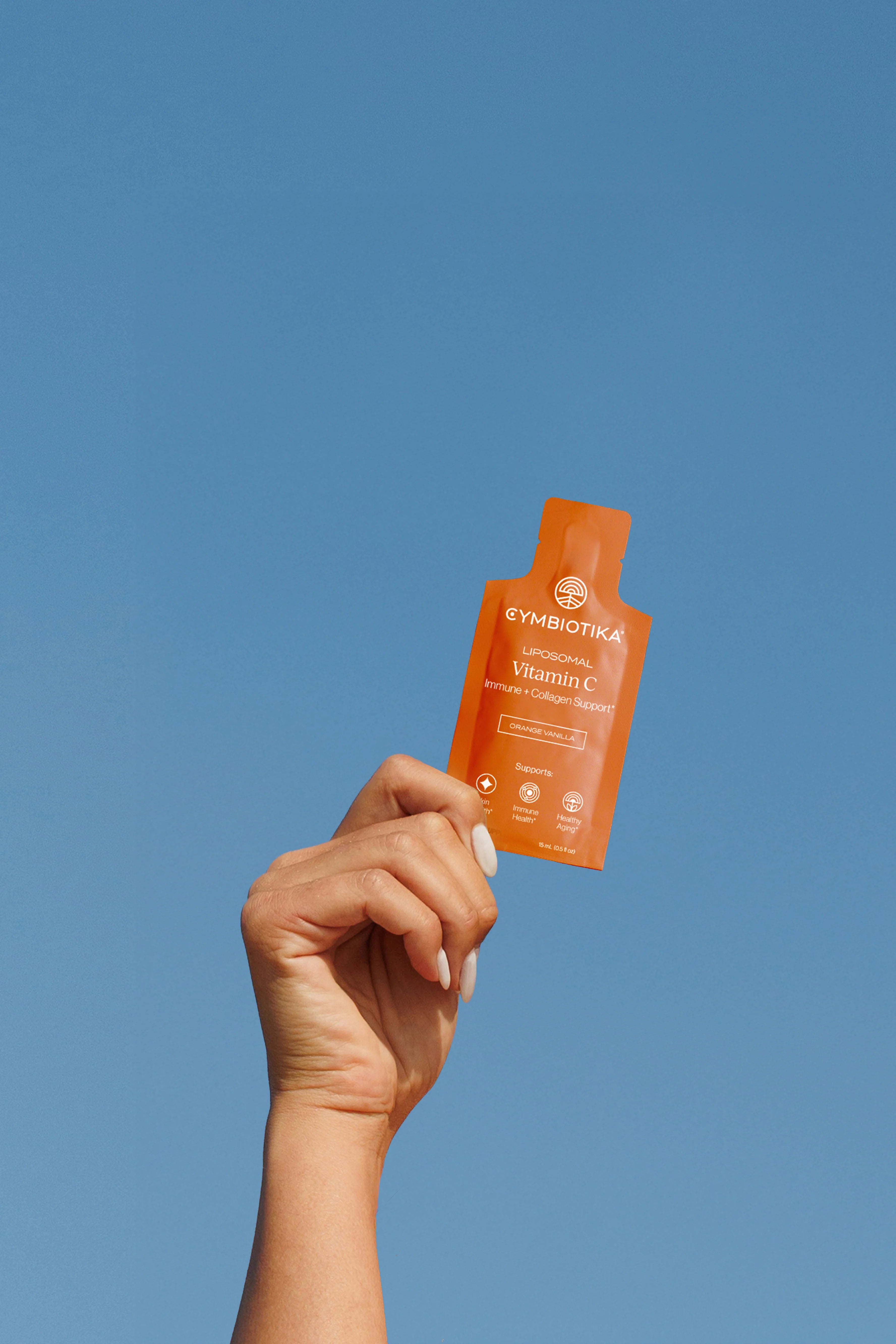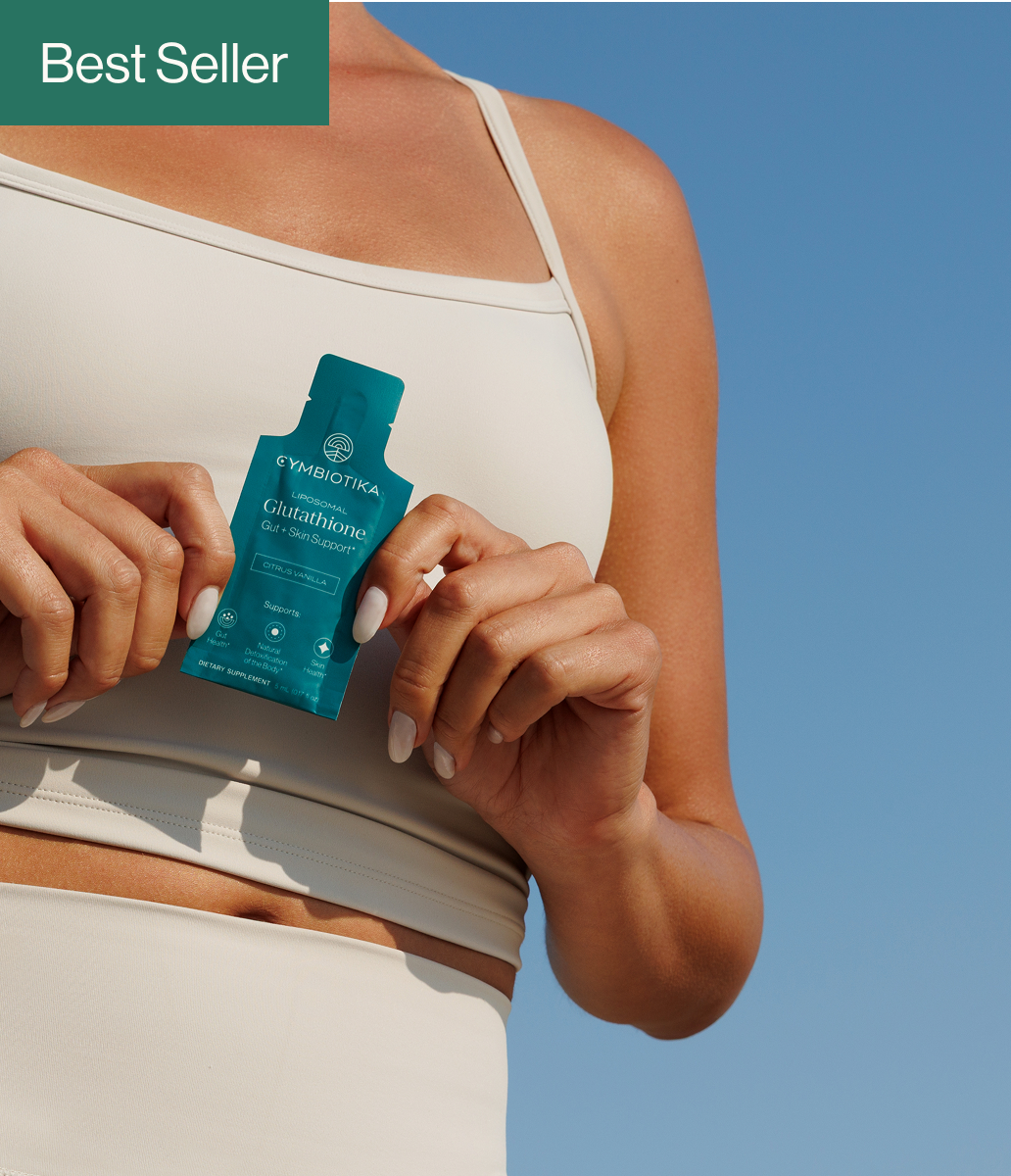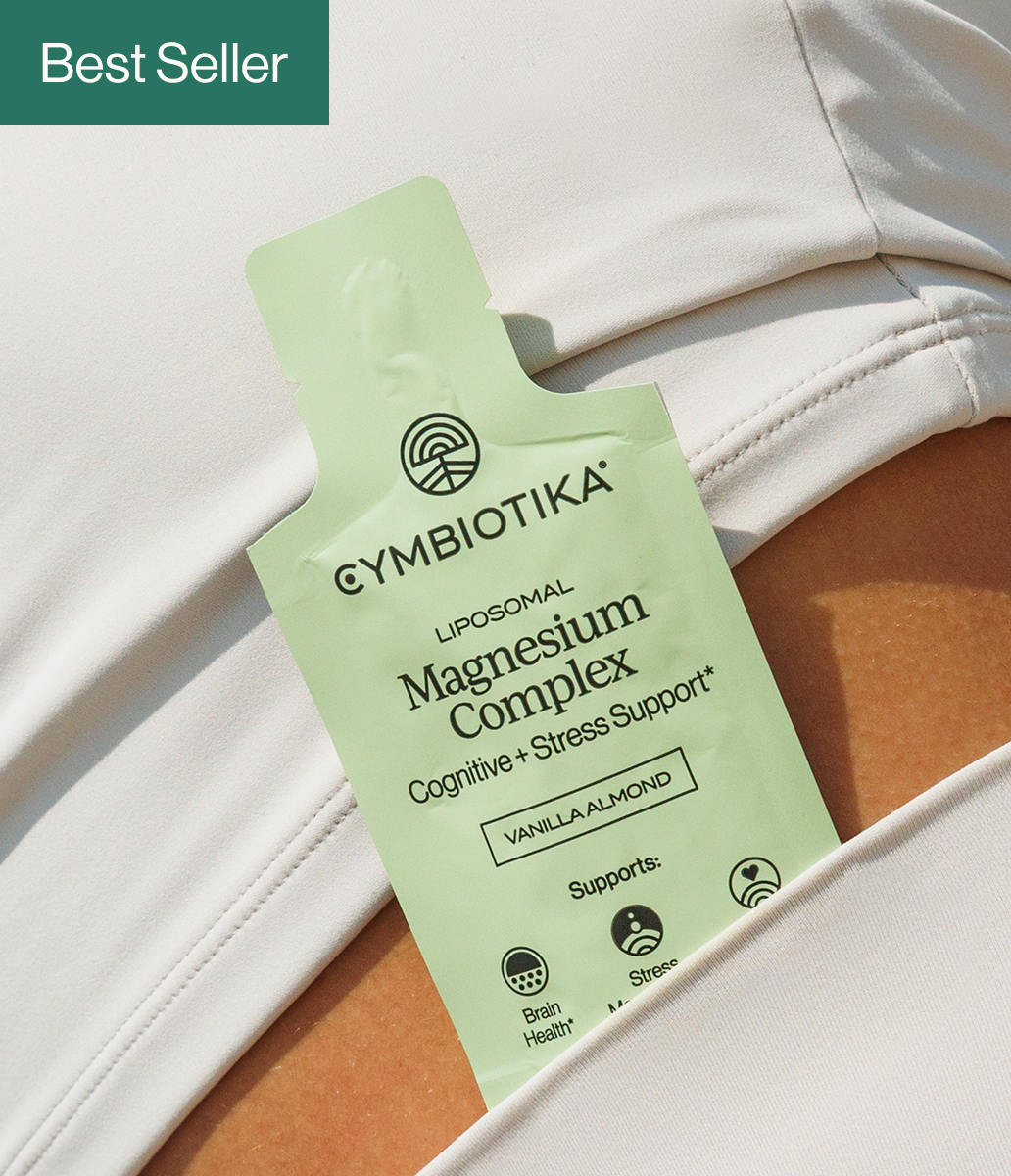Table of Contents
- Introduction
- What is Wall Pilates?
- Benefits of Wall Pilates
- Getting Started with Wall Pilates
- Key Wall Pilates Exercises
- Creating a Wall Pilates Routine
- Tips for Success
- Conclusion
- FAQ Section
Introduction
Picture this: you’re at home, perhaps with a busy schedule, and the thought of heading to a Pilates studio feels overwhelming. Yet, you desire the benefits of Pilates—strengthening your core, enhancing flexibility, and improving posture. What if I told you that you could achieve these benefits with just a wall? Yes, wall Pilates is rapidly gaining popularity, providing a convenient and effective way to practice Pilates in the comfort of your home.
Wall Pilates is not just a trend; it’s a transformative workout that utilizes the wall as a prop to enhance traditional Pilates exercises. As we dive into this blog, we will explore what wall Pilates is, its benefits, how to perform various exercises, and tips to get the most out of your wall Pilates practice. By the end of this guide, you will have a solid understanding of how to incorporate wall Pilates into your fitness routine, empowering you to take control of your health journey.
At Cymbiotika, we believe that wellness starts with trust and transparency, which is why we are committed to providing science-backed supplements that complement your fitness endeavors. Whether you're a beginner or a seasoned practitioner, our mission is to empower you to live your healthiest life. So, let's embark on this journey together to discover how to do wall Pilates effectively.
What is Wall Pilates?
Wall Pilates is a variation of traditional Pilates that incorporates the wall to provide support and resistance during exercises. In traditional Pilates, practitioners use mats, reformers, or other equipment. However, with wall Pilates, the wall acts as a prop, allowing individuals to perform classic Pilates movements with enhanced stability and alignment.
Using the wall can mimic the experience of using a reformer without the need for expensive equipment. This accessibility makes wall Pilates a fantastic option for those looking to strengthen their bodies at home, especially individuals who may not have access to a studio or reformer.
Moreover, wall Pilates is characterized by its low-impact nature, making it suitable for all fitness levels. This method focuses on controlled movements that engage the core, enhance balance, and improve overall body awareness, all while being gentle on the joints.
Benefits of Wall Pilates
Incorporating wall Pilates into your workout regimen offers a multitude of benefits:
1. Enhanced Stability and Support
The wall provides a stable surface that can help individuals maintain proper alignment during exercises. This support is especially beneficial for beginners or those with balance issues, allowing them to focus on form and technique.
2. Increased Resistance
Using the wall can add a level of resistance to traditional Pilates movements. For example, when performing exercises with your feet against the wall, you engage your muscles more deeply, enhancing strength-building potential without the need for weights.
3. Improved Posture
Wall Pilates encourages proper alignment and body awareness, promoting better posture. As we engage in wall exercises, we train our bodies to recognize and maintain correct posture, which can translate into our daily lives.
4. Accessibility
One of the most appealing aspects of wall Pilates is its accessibility. All you need is a wall and a mat, making it easy to incorporate into your home workout routine without the need for specialized equipment.
5. Low Impact
Wall Pilates is gentle on the joints, making it a suitable option for individuals recovering from injuries or those who prefer low-impact workouts. The focus on control and precision minimizes the risk of strain.
6. Versatility
The wall can be used to modify traditional Pilates exercises, making them easier or more challenging based on an individual's fitness level. This adaptability allows for a personalized workout experience.
7. Core Strengthening
Many wall Pilates exercises target the core muscles, helping to build strength and stability. A strong core is essential for overall body function and can improve performance in various physical activities.
Getting Started with Wall Pilates
Before we delve into specific exercises, it's essential to prepare your space and mindset for wall Pilates. Here are a few steps to get started:
1. Create a Comfortable Space
Find a clear area near a wall where you can comfortably perform your exercises. Ensure that you have a mat for added cushioning and support.
2. Wear Appropriate Attire
Opt for comfortable, stretchy clothing that allows for freedom of movement. You may choose to practice barefoot to enhance grip and stability, but grip socks are also a great option.
3. Warm-Up
Begin your session with a warm-up to prepare your muscles for movement. Simple movements such as arm circles, gentle stretches, and breathing exercises can help get your body ready.
4. Focus on Breath
Breathing is a fundamental aspect of Pilates. Throughout your wall Pilates practice, remember to inhale deeply through your nose and exhale through your mouth, coordinating your breath with your movements.
Key Wall Pilates Exercises
Now that we have set the stage, let’s explore some fundamental wall Pilates exercises that you can incorporate into your routine. Each exercise will be accompanied by a detailed description and tips for proper execution.
1. Wall-Assisted Bridges
How to Perform:
- Lie on your back with your feet flat against the wall, hip-width apart, and knees bent.
- Press your feet into the wall as you lift your hips off the ground, creating a straight line from your shoulders to your knees.
- Hold for a moment at the top, engaging your glutes and core, then lower back down.
Tips:
- Ensure your shoulders are relaxed and away from your ears.
- Focus on using your glutes and hamstrings to lift your hips rather than relying on your lower back.
2. Wall Squats
How to Perform:
- Stand with your back pressed against the wall, feet shoulder-width apart.
- Slowly slide down the wall until your thighs are parallel to the floor, keeping your knees directly over your ankles.
- Hold this position for a few seconds, then press back up to the starting position.
Tips:
- Engage your core and keep your back flat against the wall.
- Ensure your knees do not extend past your toes to avoid strain.
3. Wall Push-Ups
How to Perform:
- Stand facing the wall and place your hands on the wall at shoulder height, slightly wider than shoulder-width apart.
- Step your feet back to create a straight line from your head to your heels.
- Lower your chest toward the wall, keeping your elbows close to your body, then push back to the starting position.
Tips:
- Maintain a strong core throughout the movement.
- Adjust your foot position to make the exercise easier or more challenging.
4. Wall Leg Circles
How to Perform:
- Lie on your back with your legs extended up the wall, pressing your heels against the surface.
- Slowly move one leg in small circles, keeping the other leg straight and engaged.
- Switch directions and repeat, then change legs.
Tips:
- Focus on controlled movements, avoiding any swinging or momentum.
- Keep your core engaged to maintain stability.
5. Wall Lunges
How to Perform:
- Stand with one side of your body against the wall for support.
- Step your inner leg back, lowering into a lunge position while keeping the other leg forward.
- Press back up to the starting position and repeat on the other side.
Tips:
- Keep your front knee aligned over your ankle.
- Use the wall for balance, but aim to engage your core for stability.
6. Wall Plank
How to Perform:
- Place your hands on the wall at shoulder height, stepping back until your body is in a straight line from head to heels.
- Engage your core and hold the position for several breaths.
Tips:
- Keep your body straight and avoid letting your hips sag.
- Focus on breathing steadily while maintaining the position.
Creating a Wall Pilates Routine
To maximize the benefits of wall Pilates, consider creating a structured routine that incorporates a variety of exercises. Here’s a simple 15-minute wall Pilates workout you can try:
Sample Wall Pilates Routine
-
Warm-Up (2 minutes)
- Gentle stretches and breathing exercises.
-
Wall-Assisted Bridges (2 minutes)
- Perform 10-15 repetitions.
-
Wall Squats (2 minutes)
- Hold for 30 seconds, rest, and repeat twice.
-
Wall Push-Ups (2 minutes)
- Aim for 10-15 repetitions.
-
Wall Leg Circles (2 minutes)
- 30 seconds per leg, switching directions halfway.
-
Wall Lunges (2 minutes)
- 30 seconds on each side.
-
Wall Plank (2 minutes)
- Hold for 30 seconds, rest, and repeat.
Cool Down (2 minutes)
Finish your routine with gentle stretches and deep breathing to relax your muscles and promote recovery.
Tips for Success
- Listen to Your Body: Pay attention to how your body feels during each exercise. Modify movements as needed and take breaks if necessary.
- Consistency is Key: Like any workout routine, consistency is crucial. Aim to practice wall Pilates several times a week for the best results.
- Stay Hydrated: Drink water before, during, and after your workout to keep your body well-hydrated.
- Progress Gradually: As you become more comfortable with the exercises, challenge yourself by increasing the number of repetitions or trying more advanced variations.
Conclusion
Wall Pilates is a fantastic way to enhance your fitness routine, offering a unique blend of support, resistance, and accessibility. By incorporating wall Pilates into your lifestyle, you can enjoy a low-impact workout that strengthens your core, improves flexibility, and promotes better posture—all from the comfort of your home.
At Cymbiotika, we believe in empowering our community with the tools needed for a healthier lifestyle. As you embark on your wall Pilates journey, consider exploring our AI quiz to discover the best supplements tailored to your individual needs. Our Fitness Supplements Collection is designed to support your wellness journey, providing you with high-quality, science-backed ingredients.
With dedication and practice, you can unlock the benefits of wall Pilates and take significant steps toward a healthier, more balanced life. Remember, the key to success is consistency, so keep moving, stay motivated, and enjoy the process of nurturing your body.
FAQ Section
1. Can beginners do wall Pilates? Absolutely! Wall Pilates is beginner-friendly and provides support for those new to Pilates. Start with basic exercises and gradually progress as your strength and confidence grow.
2. Do I need any special equipment for wall Pilates? No special equipment is required. All you need is a wall and a mat. However, additional props like resistance bands can enhance your workout.
3. How often should I practice wall Pilates? For optimal results, aim to practice wall Pilates 2-3 times per week. Consistency is key to building strength and improving flexibility.
4. Can wall Pilates help with weight loss? While wall Pilates may not lead to significant weight loss on its own, it can be a valuable part of a balanced fitness routine and contribute to overall wellness and body composition.
5. Is wall Pilates safe for those with injuries? Wall Pilates can be low-impact and gentle on the joints, making it suitable for individuals with certain injuries. However, always consult with a healthcare professional before starting any new exercise program, especially if you have existing health concerns.
6. How can I track my progress with wall Pilates? Focus on improvements in your form, alignment, and how you feel during exercises. Consider taking short videos of your practice to review your progress over time.
*These statements have not been evaluated by the Food and Drug Administration. This product is not intended to diagnose, treat, cure, or prevent any disease.





















